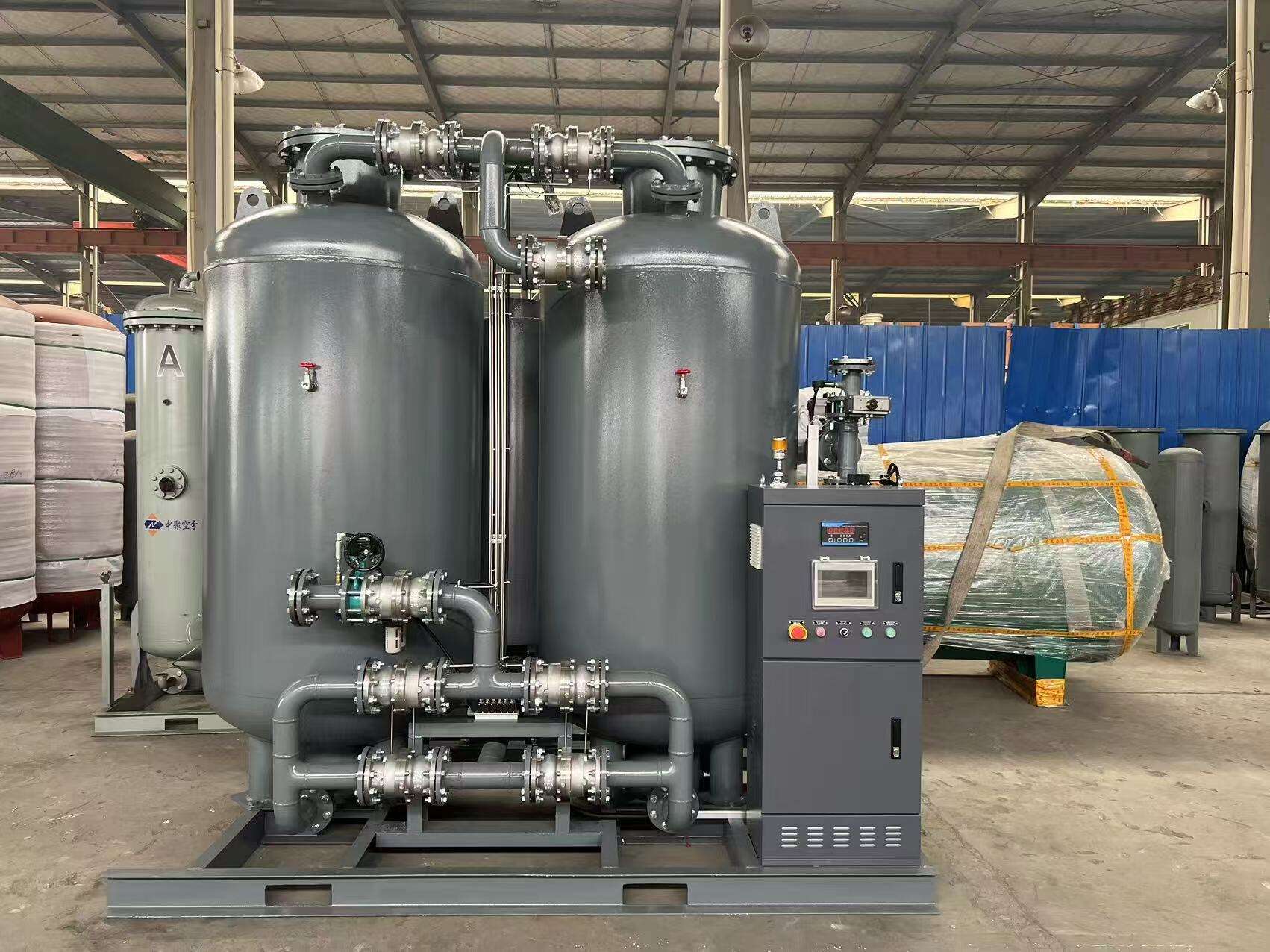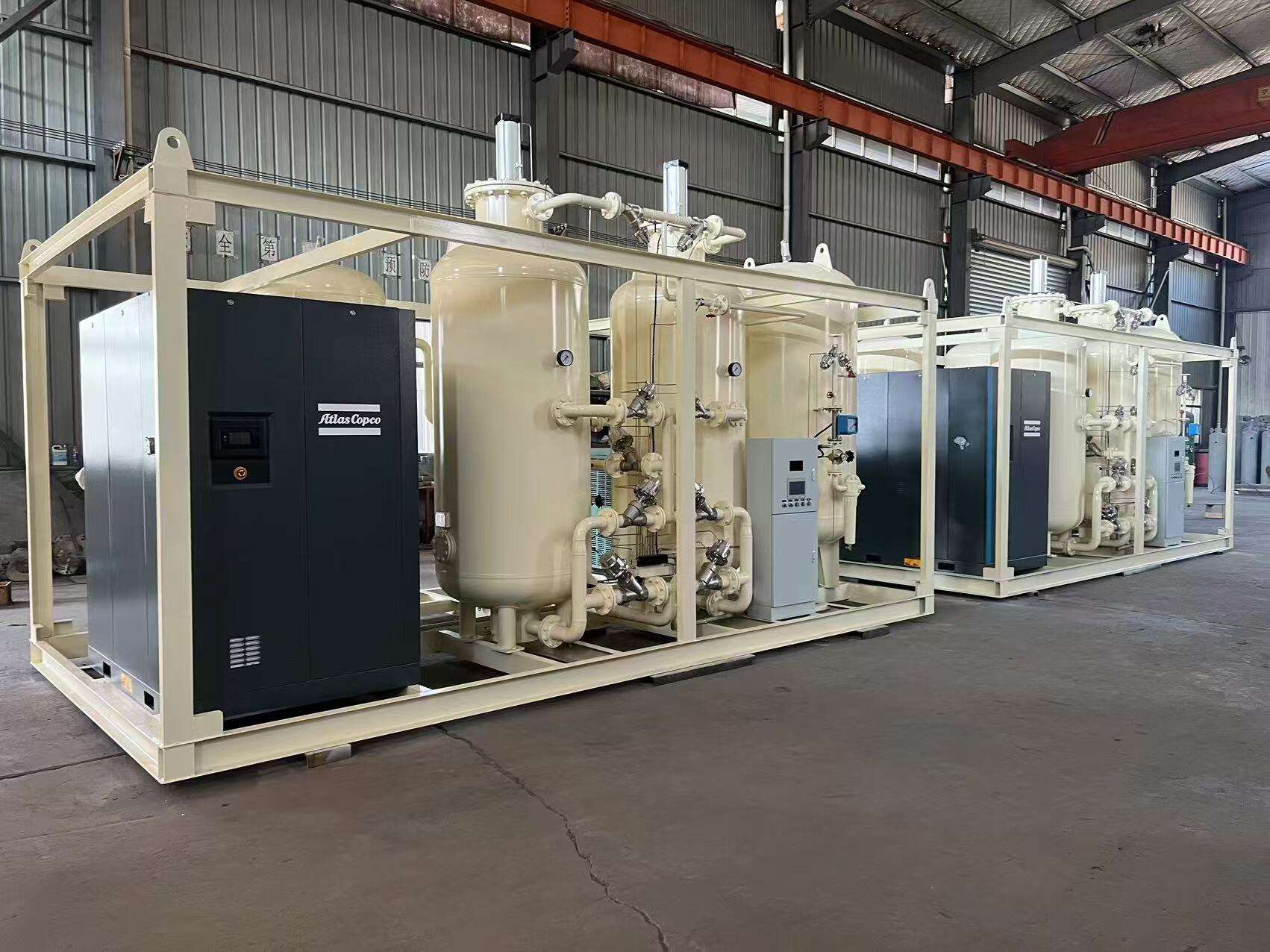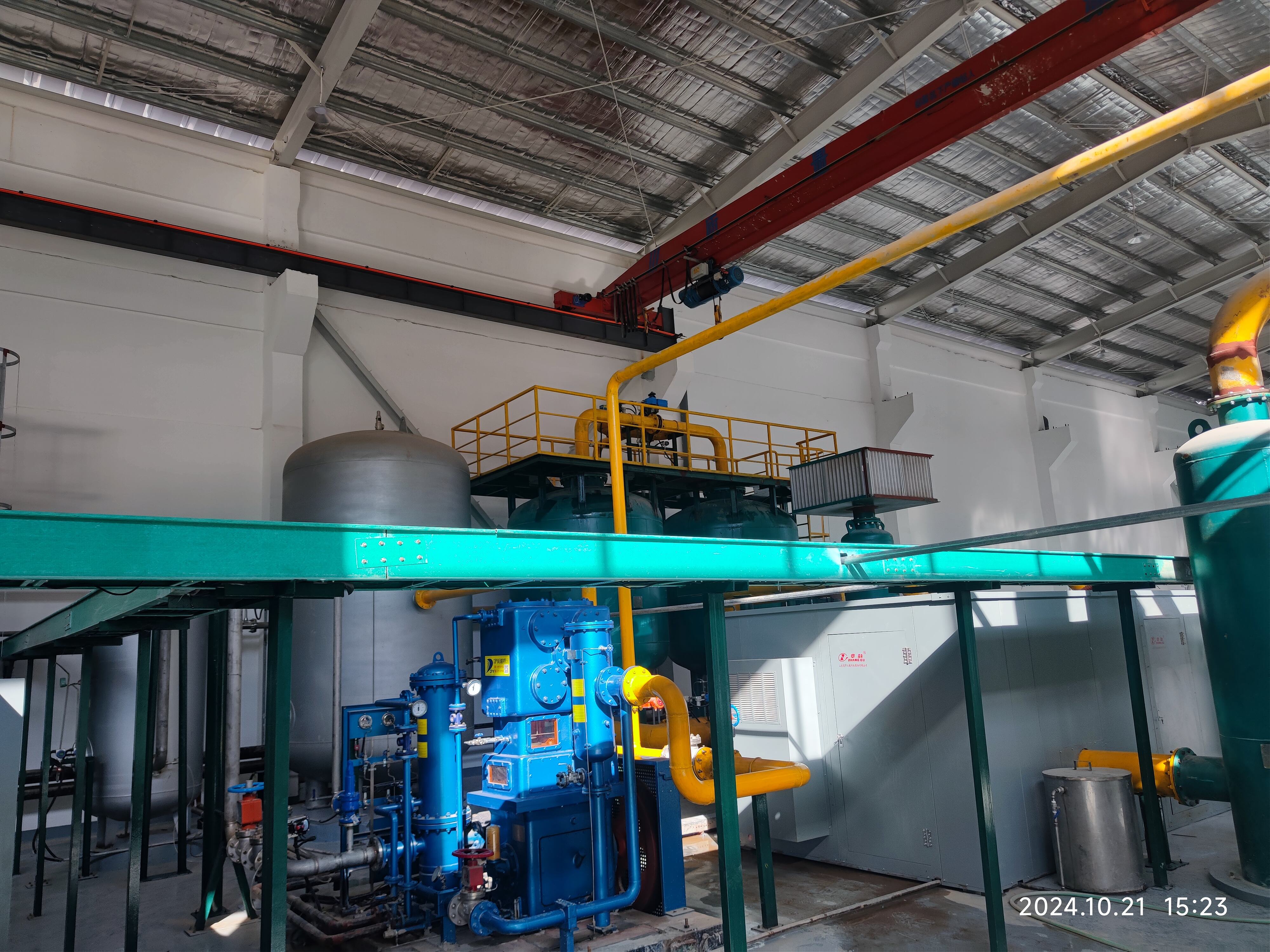अणु सिव ऑक्सीजन प्लांट
एक मोलेक्यूलर सीव ऑक्सीजन प्लांट दबाव चलन विज्ञापन (PSA) प्रक्रिया के माध्यम से उच्च-शुद्धि ऑक्सीजन बनाने के लिए एक अग्रणी समाधान प्रतिनिधित्व करता है। यह उन्नत प्रणाली विशेष मोलेक्यूलर सीव का उपयोग करके अन्य वायुमंडलीय गैसों, मुख्य रूप से नाइट्रोजन और कार्बन डाइऑक्साइड से ऑक्सीजन को अलग करने के लिए उपयोग की जाती है। प्लांट वाहक वायु को मोलेक्यूलर सीव सामग्री से भरे बर्तनों के माध्यम से गुज़राकर कार्य करता है, जो नाइट्रोजन को चुनौती पड़ने की अनुमति देते हैं जबकि ऑक्सीजन को गुज़रने की अनुमति देते हैं। प्रक्रिया कई चरणों में होती है ताकि अधिकतम कुशलता और शुद्धता स्तर सुनिश्चित किए जा सकें। आधुनिक मोलेक्यूलर सीव ऑक्सीजन प्लांट 95% तक ऑक्सीजन शुद्धता स्तर प्राप्त कर सकते हैं, जिससे वे विभिन्न औद्योगिक अनुप्रयोगों के लिए आदर्श हो जाते हैं। प्रणाली के मुख्य घटक वायु संपीड़क, वायु फ़िल्टर, मोलेक्यूलर सीव बेड, ऑक्सीजन रिसीवर और नियंत्रण प्रणाली शामिल हैं। ये प्लांट लगातार चलते हैं, स्वचालित पुनर्जीवन चक्रों के साथ जो निरंतर प्रदर्शन और दीर्घायु को सुनिश्चित करते हैं। यह प्रौद्योगिकी चिकित्सा सुविधाओं, लोहे के निर्माण, कांच उत्पादन और अन्य उद्योगों में विशेष रूप से मूल्यवान है, जिनमें विश्वसनीय ऑक्सीजन आपूर्ति की आवश्यकता होती है। प्लांट का मॉड्यूलर डिजाइन पैमाने की अनुमति देता है, जिससे संगठन अपनी ऑक्सीजन उत्पादन क्षमता को मांग के आधार पर समायोजित कर सकते हैं। इसके अलावा, ये प्रणाली अपने संचालन जीवनकाल के दौरान अधिकतम प्रदर्शन और ऊर्जा कुशलता बनाए रखने के लिए अग्रणी निगरानी और नियंत्रण मैकेनिजम शामिल करती हैं।


